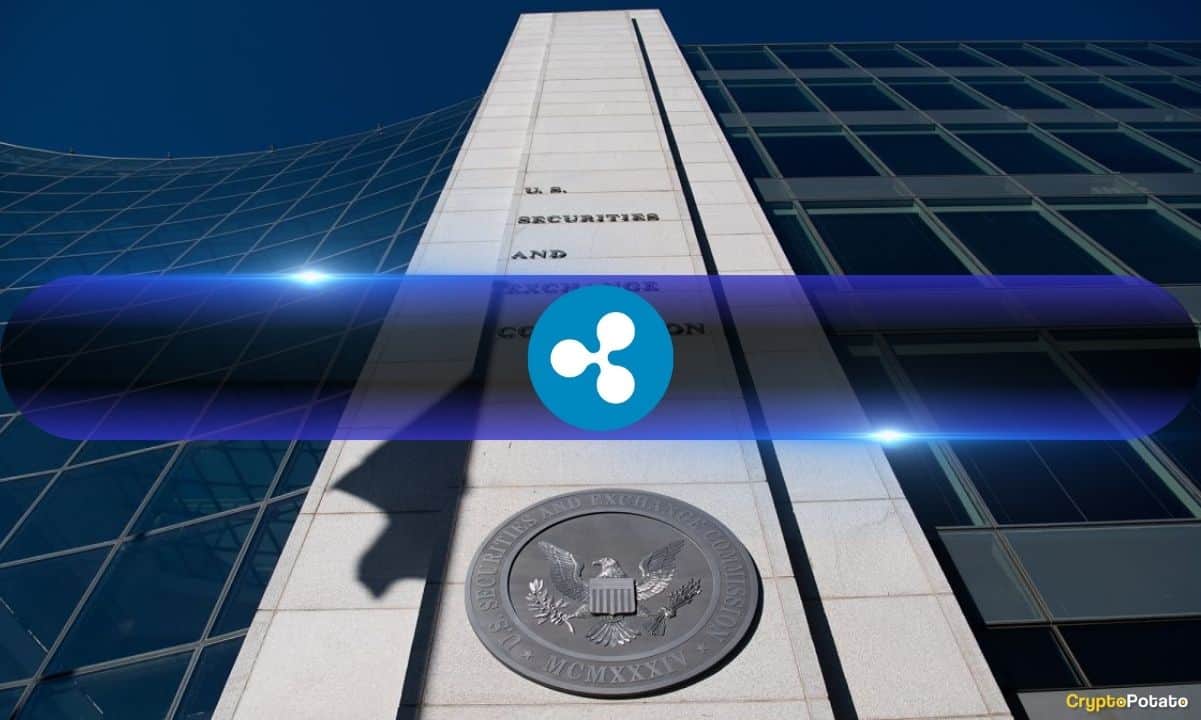How They Differ from BTC and ETH Counterparts

The rollout of new crypto ETFs tied to Ripple’s XRP and Dogecoin (DOGE) has hit delays, exposing the hurdles facing digital assets outside of Bitcoin (BTC) and Ethereum (ETH).
While both funds were expected to be milestones for their respective communities, the handling of them by the U.S. Securities and Exchange Commission (SEC) shows the gulf between experimental products and the more established spot BTC and ETH ETFs already trading in the country.
SEC Extends XRP ETF Deadlines as DOGE Fund Faces Short Delay
On September 10, the SEC extended its review of the Franklin XRP ETF, moving the final decision deadline from September 15 to November 14, 2025. The regulator cited the need for more time to evaluate comments and potential risks.
It marks the second extension since the product was first filed in March, leaving 15 XRP ETF applications in limbo. However, even with the delay, bettors on Polymarket have assigned more than a 90% chance of approval by year-end, suggesting that investors are still confident Ripple will secure its own ETF before 2025 is done.
While XRP awaits clarity, attention has shifted to Dogecoin. According to Bloomberg ETF analyst Eric Balchunas, the Rex-Osprey DOGE ETF (DOJE), initially meant to hit the market on September 12, is now scheduled to launch mid-next week, likely September 18.
Recent data from Santiment shows whales have been accumulating the OG meme coin in anticipation of the ETF, with holdings by wallets containing between one and ten million DOGE reaching a four-year high.
Different Structures, Different Outcomes
The SEC’s approach highlights a key divide in how crypto ETFs reach the market. For example, spot Bitcoin and Ethereum ETFs are organized as grantor trusts under the Securities Act of 1933. This ‘33 Act framework is now the industry standard for physically backed crypto products, but it involves a lengthy review process that includes a formal comment period.
Meanwhile, according to industry expert James Seyffart, the Dogecoin product is structured under the Investment Company Act of 1940, allowing it to use a unique framework as a Registered Investment Company (RIC), which is different from the standard setup used by the more established crypto ETFs.
Its strategy involves gaining spot market exposure through a Cayman Islands subsidiary, a legal innovation designed to help bypass regulatory constraints. This alternative arrangement can allow for faster time-to-market and different operational mechanics, such as the ability to hold derivatives alongside spot assets.
The regulatory arbitrage explains why a fund for Dogecoin, an asset originally created as a joke, might trade in the U.S. before one for XRP, which has a more developed ecosystem and legal precedent.
Binance Free $600 (CryptoPotato Exclusive): Use this link to register a new account and receive $600 exclusive welcome offer on Binance (full details).
LIMITED OFFER for CryptoPotato readers at Bybit: Use this link to register and open a $500 FREE position on any coin!



